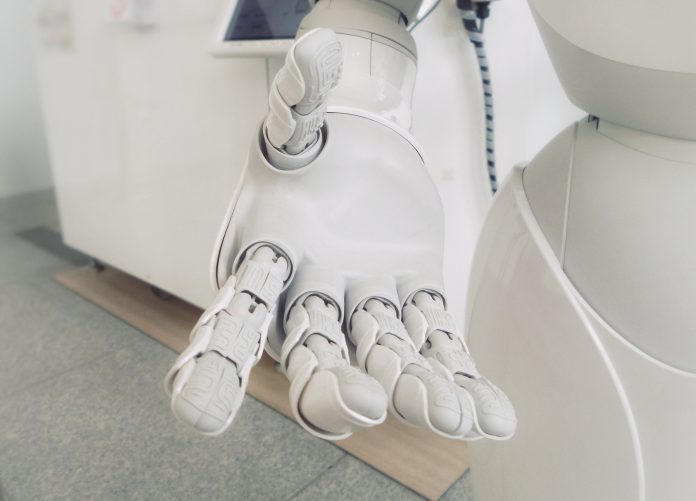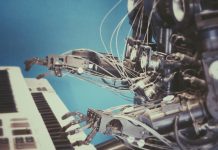When it comes to developing a successful AI model, one of the most vital aspects of this process is refining and adaption.
In a recent post, RegTech firm Saifr highlighted that ‘self-cannibalising’ the underlying methods of AI models is critical for an AI product to succeed in the marketplace.
The firm said, “One of the major differences between traditional software engineering and AI development is when the development process is considered complete. In traditional software development, the goal is to solve for a functional specification through logical coding. Development is considered complete once the software is built.”
However, the company claims that AI development on the other hand requires a shift in mindset. Often, the goal in AI is to optimise for a specific business metric by learning from data – when a model is evaluated to be 91% accurate, it means that there are still opportunities to fine-tune it. Making those improvements becomes a continuous process.
ML models often undergo various transformative changes over a period of time. Saifr explained, “Sometimes, the changes are a result of retraining as and when sufficient new data are available. But sometimes, it’s more than retraining. Change may be necessitated because of a new algorithm or new architecture that outperforms previous methods on accuracy, latency, or generalizability.
“One should continually evaluate and explore all the possibilities for improvements and cannibalize models to realize improvements in accuracy, latency, and generalizability. If you don’t upgrade your AI models, someone else will—and it might be your competitor,” said the firm.
Saifr said that the moral of the story here is to not get attached or too complacent. “If you want your AI product to live, be ready to scrap your existing methods when the time comes and upgrade to more capable methods. It is one way to stay competitive and disruptive in the ever-evolving AI world,” the firm quipped.
Saifr gave some key examples of newer techniques that have superseded previous methods. These include neural network-based solutions that replaced statistical-based methods for machine translation and neural networks that replaced traditional ML methods for unstructured data – rendering the handcrafting of features not as useful in most cases.
Saifr concluded, “The above list is a very small subset of the disruptions from the last many years. This gives you some idea of how quickly the field changes, thereby rendering almost all prior work obsolete. It is crucial to stay flexible. Owners of AI models need to decide when, not if. Retiring old AI methods and replacing them with new ones could be the key to your product’s success.”
Read the full post here.
Copyright © 2023 RegTech Analyst
Copyright © 2018 RegTech Analyst









